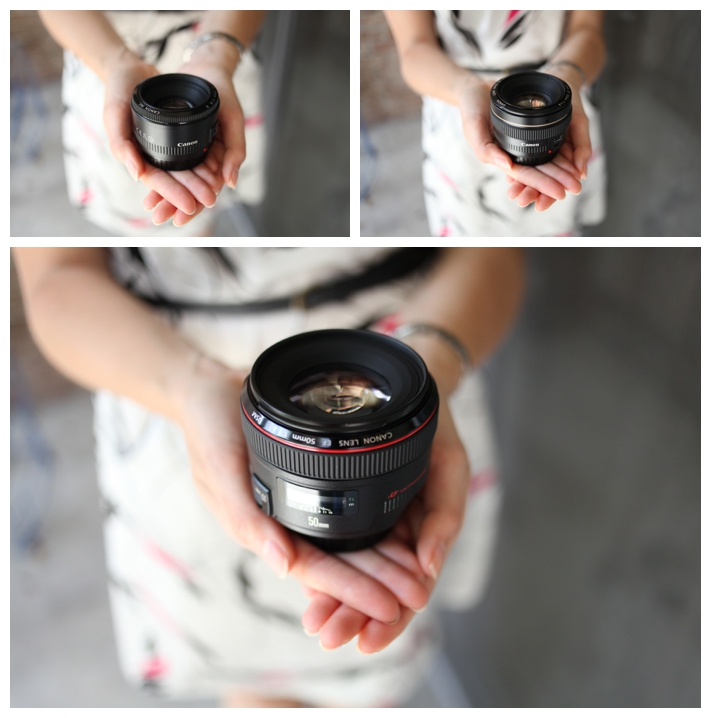
There are also the much more affordable 50 f1.8, 85 f1.8, 100 f2 which do a great job for the money. The 50 f1.2, 85 f1.2, and 135 f2 are quite popular "bokeh monster" lenses in the Canon range. What you are saying I believe is which lens gives you the most background blur, but that's dependent upon several variables, the focal length and aperture of the lens are a part of that equation. The 135 on crop is indeed going to be tough to use indoors, while on a 35mm sensor camera it's quite workable and has excellent image quality for the should certainly learn more about depth of field, as we all suspect you mean which lens had the least depth of field rather than "gives you the most". It's even useful indoors, contrary to so many people who likely have not used it indoors.but body certainly matters. The 50 would be great for portraits with a bit of environment included, but for head shots it's a bit short and definitely unsuitable for anyone who's large in the nose department!

It's a big lump of heavy glass, and expensive, and I thought I'd get more mileage out of the 50L and the 135L, so I've never used the 85. I'm not exactly sure why the 85mm f1.2 is so much more expensive than the 50mm?īecause there's more glass in the 85L! It's also pretty unique, with a reputation that makes it sought after, so the price remains high.

The 50mm f/1.2 is cheaper than the 85mm 1.2, and on the 50mm, the light doesn't have to go through as much glass to reach the sensor.
Best canon bokeh lens full#
I would think the 135mm would put you too far away from your subject.ĭon't rule out the 135L so quickly - on a full frame body it's great for portraits unless you're working in a really confined space - have a look at: If you don’t shoot with a Canon camera but still want to invest in some great starter lenses, take a look at our lens guides for Nikon and Sony E-Mount bodies.I was deciding between the 50mm f/1.2 or the 85mm f/1.2 lenses. The Canon RF 85mm f/2 Macro IS STM is a versatile portrait lens that also works as a macro. If you are using a Canon full-frame mirrorless camera, we recommend the Canon RF 100-400mm f/5.6-8 IS USM as a great telephoto to start with.
Best canon bokeh lens upgrade#
Or for a kit-lens upgrade for APS-C bodies, go with the Tamron 18-200mm F/3.5-6.3 Di II VC. If macro is your thing, start with the Sigma 70mm F2.8 DG Macro Art. If you are shooting with a Canon DSLR, the next lens we recommend is the Canon EF 70-200mm f/4L IS USM as your telephoto and, if you have an APS-C body, the Canon EF-S 10-18mm f/4.5-5.6 IS STM for a wide-angle option. Wide-aperture prime lenses offer a great way to achieve photos with a sharp subject and a blurred background, and they get great shots indoors or outdoors, day or night. A lightweight, compact “ nifty fifty,” namely either the Canon EF 50mm f/1.8 STM for Canon DSLR cameras or the Canon RF 50mm f/1.8 STM for Canon EOS R full-frame mirrorless cameras, is the best starting point for most people. To take your photography to the next level, begin building your arsenal of lenses. This guide will point you in the right direction for filling your camera bag with excellent glass. If you want to shoot in lower light, with a wider viewpoint, or closer, you’ll need to invest in new lenses.

Your camera body likely came with a kit lens, probably the Canon EF-S 18-55mm f/4-5.6 IS STM if you have an APS-C–format body, or the Canon RF 24-105mm f/4-7.1 IS STM if you went with a full-frame mirrorless either one is a sufficient everyday zoom lens for learning the ins and outs of your camera, but you’ll quickly outgrow it. We’ve been recommending Canon lenses since 2012, and after more than 80 hours of research and testing, we’ve picked out some of the best lenses for a new photographer.Īcquiring lenses is the natural next step toward harnessing the power of your Canon. Whether you’ve recently started shooting with a Canon DSLR camera or switched over to Canon’s full-frame mirrorless (EOS R) line, one of the greatest advantages of your new interchangeable-lens camera comes in exploring how different lenses can shape your photography.


 0 kommentar(er)
0 kommentar(er)
